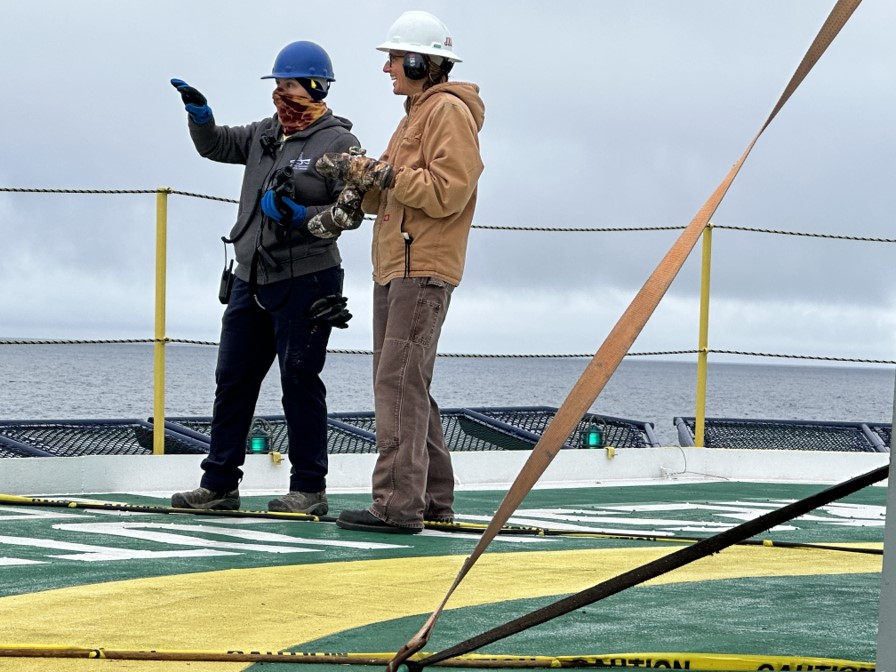
Protecting Marine Life in Baffin Bay During Expedition 400: Part I
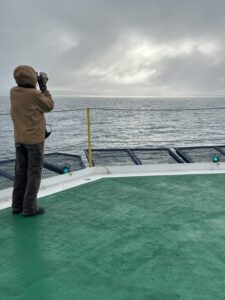
The Protected Species Observer Watch (PSO Watch) plays a vital role in seismic
profiling of seafloor sediment layers in Baffin Bay. Dedicated observers are vigilant for
diving birds, whale spouts, and other signs of animal activity before and during
profiling. In this two-part blog series, we’ll explore why PSO Watch teams are
needed and what they actually do.
Part I: Why Have a PSO Watch and Who’s on the Team?
Layers Tell a Story
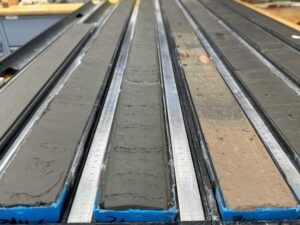
In order for Expedition 400 scientists to understand how the Greenland ice sheet responded to past climate warming they are studying the discrete layers of Baffin Bay sediment. Each layer records changes in the climate and ocean history and how both have affected the ice sheet through time.
“VSP” Helps to Build the Story
Images of sediment layers, like the one below, are made from data collected by seismic surveys over a large area. These “seismic profiles” provide a broad view of subsurface geology. Features and layers are mapped from travel times of the seismic signal. The actual depth of each feature or layer is not yet known. At a drill site, the Vertical Seismic Profile (VSP) collects seismic signal travel times at known depths. The travel time data from the VSP and the seismic survey are then correlated. Depth values can now be added to the seismic profile, as well as more detailed data on transitions between sediment or rock type.
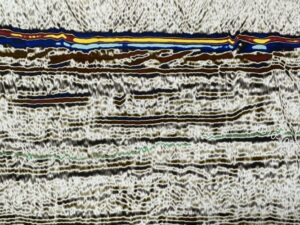
A crucial tool for VSP is called an air gun. This device releases high-pressure air through the water and into the sediment. The sudden burst of energy generates seismic waves. The waves are received by sensors, called geophones, attached to the drill hole wall.
VSP Operates Within Environmental Guidelines
VSP is great for mapping buried sediments, but can potentially harm marine life, including protected species. To minimize these risks, Expedition 400’s trained crew members conduct a PSO Watch during seismic profiling operations in accordance with the requirements and guidelines outlined in the Environmental Evaluation for the expedition.
Who is on the PSO Watch Team?
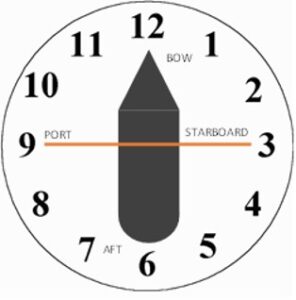
This team plays a critical role in seismic profiling and consists of watch standers stationed at key locations on the ship. These are the:
Forward Watch: Positioned on the ship’s Bridge or Flying Bridge decks, staffed by the ship’s mates
Aft Watch: Located on the ship’s helicopter pad or Poop deck, staffed by technicians
Gun Watch: Positioned on the Poop deck, also staffed by technical personnel
Additional Critical staff, including the Logging Engineer, Lab Officer (LO) and Captain are also on hand throughout the VSP operations
The PSO Watch team’s primary responsibility is to ensure the safety of protected species during seismic profiling. They observe and record protected species’ activities, keep in touch by radio, manage the seismic source’s ramp-up during the “soft start,” and control the source’s operation and shut down.
Read more on “soft starts” and the specific duties of the PSO Watch team in Part II, coming soon!
Really interesting look at important but under-appreciated aspect of research.
We agree. These observers are vigilant, and for good reason. Thank you for reading!